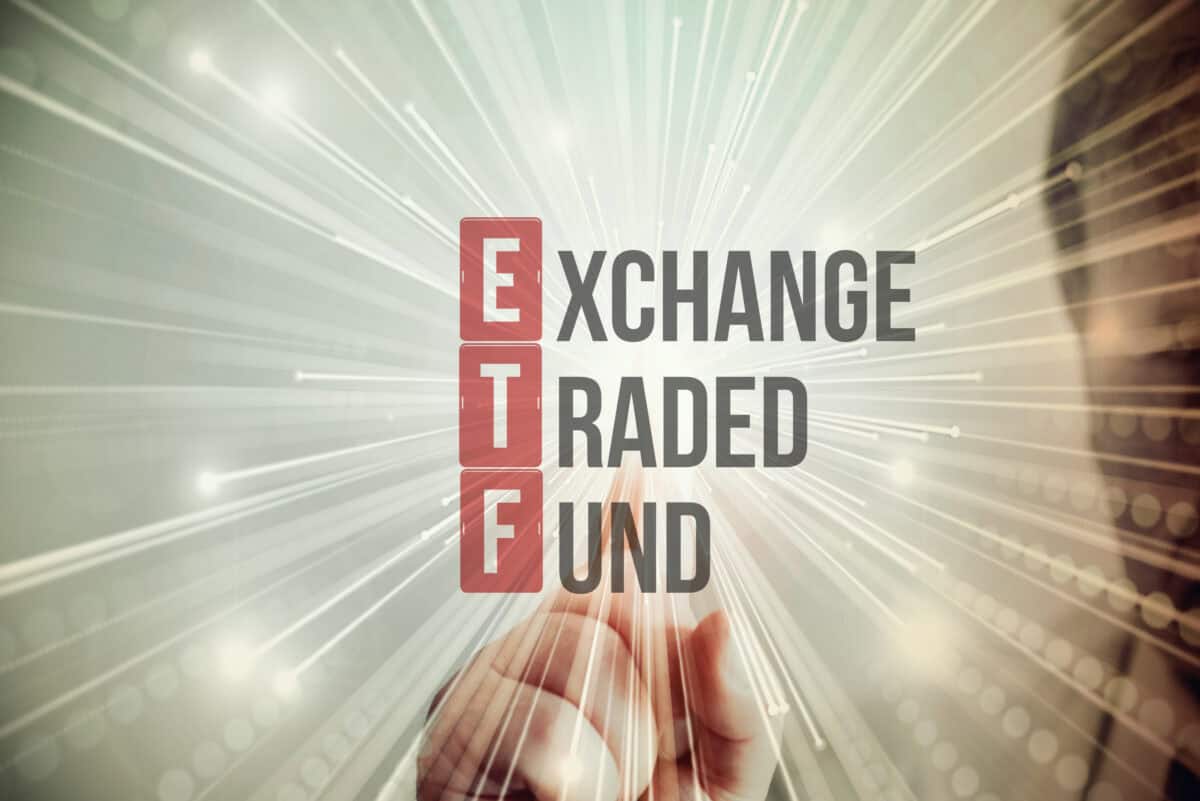If you’ve got $7,000 to invest this October and are looking for guidance, it’s important to align any investment with your current financial plan and portfolio strategy. Sticking to your long-term investment plan is usually your best bet.
However, if you’re just starting out or looking to diversify, I’m happy to share some thoughts – particularly on my favourite investment vehicle, exchange-traded funds (ETFs).
Let’s explore three ways to invest that $7,000 this month, tailored to different levels of risk tolerance. Whether you prefer a conservative, moderate, or aggressive approach, I have an ETF strategy here for you!
Low risk
For a low-risk investment, the BMO Money Market Fund ETF (TSX: ZMMK) stands out as a prime option.
ZMMK is essentially a conservative investment choice because it invests in high-quality, short-term fixed income securities like treasury bills, bankers’ acceptances, and commercial paper.
These instruments are considered very safe, with maturities typically less than one year, and an average term-to-maturity of less than 90 days.
What makes ZMMK particularly appealing for cautious investors is its stability. The share price experiences minimal fluctuation, making it a solid choice if you’re looking to preserve capital.
Additionally, it offers a monthly income with a current annualized distribution yield of 4.8%. And to top it off, it’s cost-effective with a total management expense ratio (MER) of just 0.13%.
Medium risk
For a medium-risk option that offers potential for higher returns than ZMMK, consider the BMO Low Volatility Canadian Equity ETF (TSX:ZLB).
Unlike ZMMK, which focuses on ultra-safe, short-term bonds, ZLB invests in Canadian stocks. However, it specifically targets those stocks that exhibit lower volatility compared to the broader market, providing a smoother investment experience.
While you’ll see more fluctuation in the value of ZLB compared to a money market fund, it’s historically less volatile than the overall Canadian stock market.
This makes ZLB a good middle ground if you’re looking to step up from the very conservative returns of money market investments without fully exposing yourself to typical market swings.
Additionally, ZLB offers a respectable dividend yield of 2.3% with quarterly distributions, which can enhance total returns over time. However, keep in mind that it comes with a higher management expense ratio (MER) of 0.39%.
High risk
If you’re open to embracing volatility in pursuit of higher growth, consider the BMO S&P 500 Index ETF (TSX:ZSP).
This ETF encompasses a wide array of 500 large-cap U.S. stocks, curated through a mix of committee selection and set rules designed to reflect the broad dynamics of the American economy.
ZSP has demonstrated robust performance historically, delivering an impressive annualized return of 15.1% over the last 10 years with dividends reinvested.
But despite its potential for higher returns, ZSP also carries the possibility of greater volatility. This means its value can fluctuate considerably in the short term, which is a common characteristic of equity investments in large markets like the U.S.
On the plus side, ZSP is the most cost-effective option on this list, sporting a very low management expense ratio (MER) of just 0.09%.









